Plantar scanners are suitable for a variety of foot shapes, but they have certain limitations in measurement accuracy and applicable scenarios. These are analyzed below:
1. Applicable Foot Types and Advantages
Accurate Fit for Common Foot Shapes
Standard Measurement Capabilities: Accurately measures basic parameters such as foot length, width, and arch height (with an accuracy of 0.5mm), meeting the needs of assessing normal arches, mild flat feet, and high arches.
3D Modeling Advantages: Non-contact scanning generates a 3D foot model, supporting multi-angle analysis of over 20 biomechanical parameters, including arch curvature and metatarsal angles.
Special Foot Type Adaptation Solutions
Foot Type Scanning Solution
Wide Feet/High Arches: Use a wide-last scanning mode (≥94mm) to increase dorsal space.
Hallux Valgus/Staphylococcygeus: Focus on capturing heel angle and metatarsal offset to assist with orthotic device design.
Children's Developmental Foot: Dynamically track arch changes to support growth prediction and intervention planning.
Contraindications
Severe foot deformities: Such as Grade III flatfoot (complete arch collapse) and severe talipes equinovarus. Abnormal plantar contact surfaces may cause data distortion.
Postural/Traumatic Feet: Metal implants in the foot can interfere with the laser scanning signal; static assessment using a pressure plate is recommended.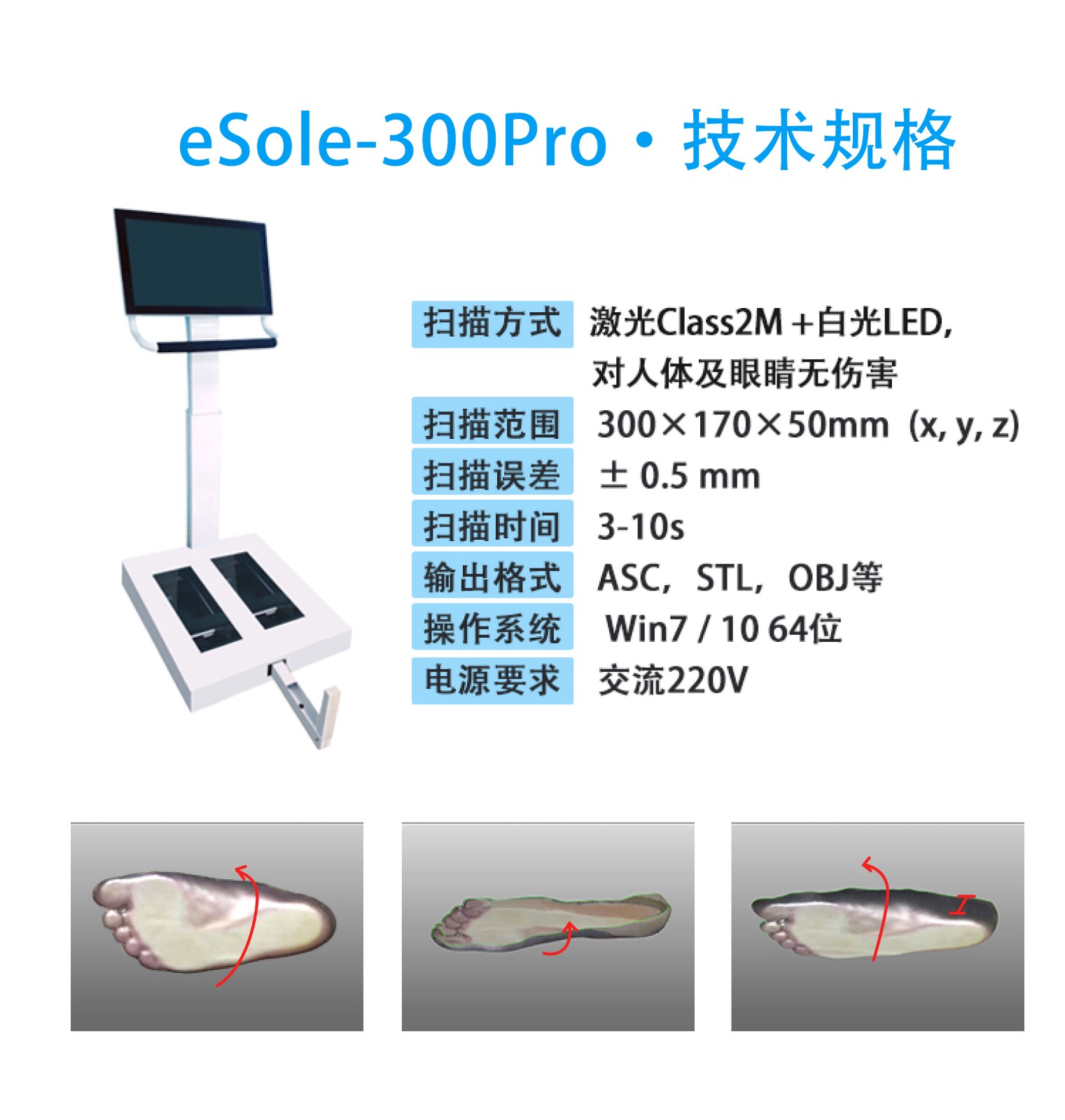
II. Core Measurement Limitations
Static Scanning Limitations
Posture Requirements: Stand barefoot and maintain balance for 3 seconds. Patients with Parkinson's disease or balance disorders may have difficulty maintaining a stable posture.
Dynamic Functional Loss: Unable to capture changes in foot pressure distribution during walking; gait analysis is required for supplemental data.
Foot Condition Interference
Edema: Edema caused by late pregnancy or kidney disease can increase the projected area of the foot, requiring re-measurement after the swelling subsides.
Surface Abnormalities: Tinea pedis, wounds, or thick calluses may reduce image clarity due to differences in reflectivity.
III. Hardware and Operational Limitations
Dimensions and Load Limits
The maximum scanning length is typically ≤330mm (EU size 50). Extra-long feet require special equipment.
The maximum load capacity is 200kg. For those exceeding this limit, an industrial-grade ruggedized model should be selected.
Environmental and Operating Requirements
Measurements must be performed in an environment of 23±2°C to avoid dimensional errors caused by thermal expansion and contraction.
Light-colored, plain socks must be worn. Dark or patterned socks can absorb the laser light, resulting in missing point cloud data.

 +86-0755-86131192
+86-0755-86131192 2025-08-15
2025-08-15 Back to list
Back to list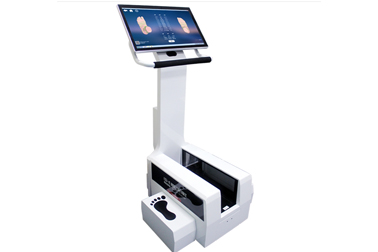
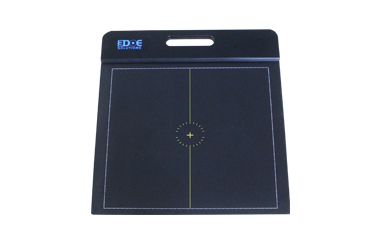
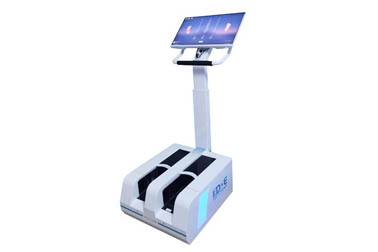
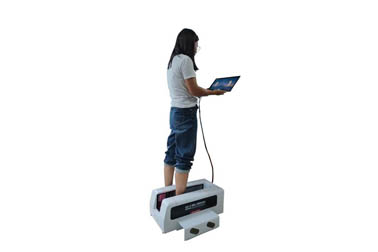
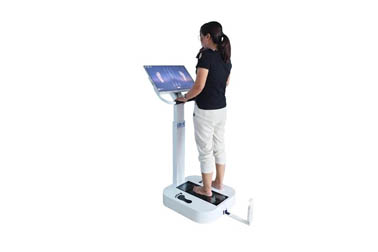
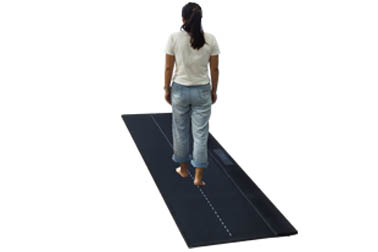



 +86-0755-86131192
+86-0755-86131192